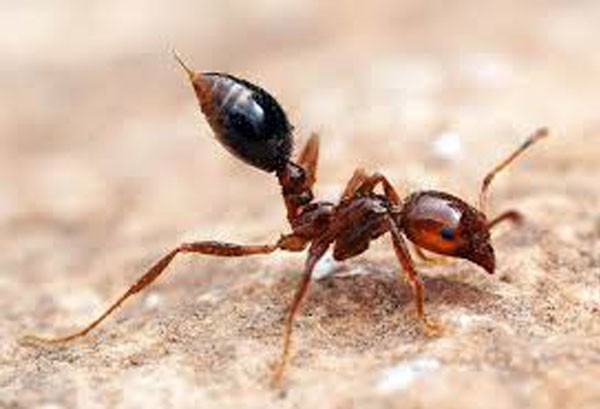In recent news, a bite from a red fire ant from Latin America is enough to cause humans to slip into a coma, while giant snails munch on crops and vegetables in South China, and the invasive trees from Central Asia are causing a threat in the ecosystem of northwest China.
Due to this threat and influx of non-native species, China worries on the adverse effects this may bring about; thus, experts are calling for specific laws and regulations in controlling the spread of these species.
According to the fourth National Seminar on Biological Invasion, 51 out of the 100 threatening invasive species in the world were found in China. The seminar was held this week in Nanning, the capital of south China's Guangxi Zhuang Autonomous Region.
Of the 40 million trees that die due to insect damage annually, two-thirds suffered due to non-native species.
In 2000, only 500 batches of non-native species were intercepted, but these numbers skyrocketed to 610,000 in 2013, according to Zhao Shucong, head of China's national forestry bureau.
In the last century, there were 25 foreign species that have been recorded to have made its way into China. Today, experts have found 13 new species in the last 14 years alone.
"In the decade before 2004, only one or two invasive species were found, but in the past ten years, we have discovered at least one new non-native species each year," said Liu Wanxue, an expert on biological invasion at the Chinese Academy of Agricultural Sciences.
"It is necessary for China to come up with a comprehensive warning mechanism to stop them entering the country," Liu explained.



























